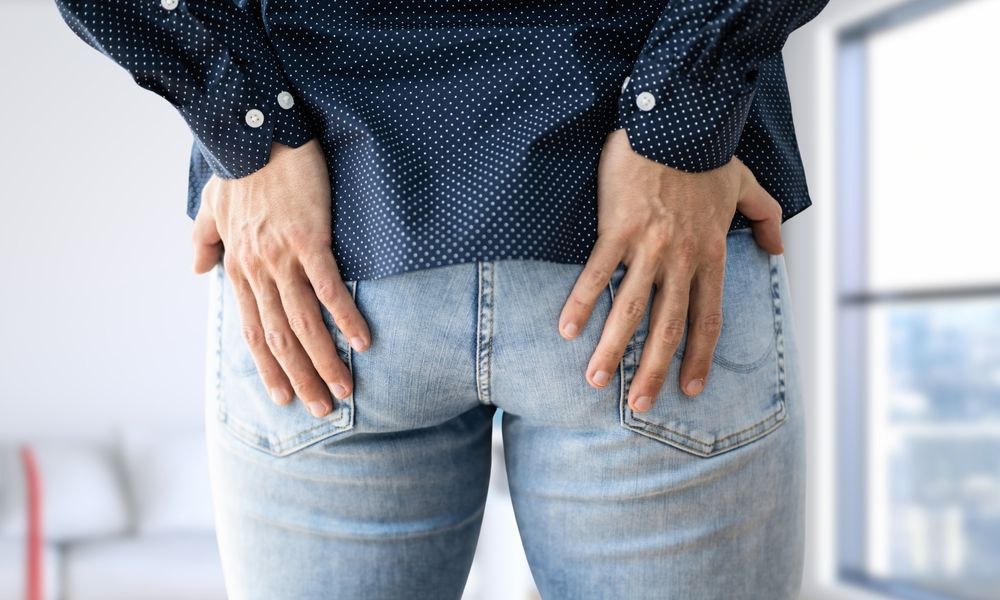Diet for Keratosis Pilaris Improvement: Can It Help Beauticians?
As a beautician, understanding the intricacies of skin conditions is essential for providing holistic care to your clients. One such condition that affects many is keratosis pilaris (KP), a common skin condition that results in rough, bumpy skin on areas like the arms, thighs, cheeks, and buttocks. Interestingly, diet can play a crucial role in managing this condition, offering a potential avenue for improvement.
While KP is generally harmless, it can be a source of cosmetic concern for many clients seeking smoother skin. This article aims to explore the potential of dietary changes as a strategy for keratosis pilaris improvement, providing you with insights that could benefit your practice and your clients.

Understanding Keratosis Pilaris
Keratosis pilaris is caused by the buildup of keratin, a protein that protects the skin from infections and harmful substances. When excess keratin clogs hair follicles, it results in rough patches and small, acne-like bumps. Although the exact cause isn't fully understood, it often runs in families.
For beauticians, it's crucial to recognize that while there is no cure for KP, it can be managed effectively with the right approach. This includes topical treatments and lifestyle changes, such as dietary adjustments.
How Diet Can Influence Keratosis Pilaris
The relationship between diet and skin health is well-documented. For KP, certain nutrients and foods can either exacerbate or alleviate the symptoms. A balanced diet rich in vitamins and essential fatty acids can support skin health by reducing inflammation and promoting cell turnover.
Essential Fatty Acids
Omega-3 fatty acids, found in fish like salmon and mackerel, as well as flaxseeds and walnuts, are known for their anti-inflammatory properties. Including these in your diet can help manage the inflammation associated with KP.
Vitamins for Skin Health
Vitamins A and D are particularly beneficial for those with KP. These vitamins help regulate skin cell production and shedding, which can reduce the buildup of keratin. Foods high in vitamin A, such as carrots, sweet potatoes, and leafy greens, should be included in a KP-friendly diet. For more on how vitamin deficiencies can impact KP, check out this article.
Foods to Avoid
Just as certain foods can help manage KP, others can worsen it. Processed foods high in sugar and unhealthy fats may contribute to inflammation and should be limited. Additionally, some individuals may find that dairy and gluten exacerbate their KP symptoms. A dairy-free diet might be worth exploring.
Creating a Diet Plan for Your Clients
As a beautician, advising clients on dietary changes can complement the topical treatments you offer. Encourage your clients to try incorporating more skin-friendly foods into their meals while avoiding potential irritants. This holistic approach can enhance the efficacy of their overall KP management plan.
Sample Meal Plan
A sample diet plan might include oatmeal with flaxseeds and berries for breakfast, a salad with leafy greens, avocado, and grilled salmon for lunch, and a dinner of roasted sweet potatoes and chicken. Snacking on nuts and fruits throughout the day can provide additional nutrients to support skin health.
Hydration and KP
Never underestimate the power of hydration in maintaining healthy skin. Drinking plenty of water helps keep the skin hydrated and can improve the appearance of KP. Explore more about how hydration affects KP.

FAQs
Can diet alone cure keratosis pilaris?
No, while diet can significantly improve symptoms, it is not a cure. A combination of dietary changes, topical treatments, and lifestyle adjustments typically yields the best results.
How long does it take to see improvements in KP with dietary changes?
Improvements can vary from person to person, but some individuals may start to see changes in their skin's texture within a few weeks of consistent dietary adjustments.
Are there any supplements that can help with keratosis pilaris?
Supplements such as omega-3 fatty acids, vitamin A, and vitamin D can support skin health, but they should be taken under the guidance of a healthcare professional.
In conclusion, while diet isn't a magic solution for keratosis pilaris, it can be a valuable component of a comprehensive management strategy. By understanding the role of nutrition in skin health, beauticians can offer more informed advice to clients seeking relief from KP. For more insights on KP management, consider exploring this resource.

